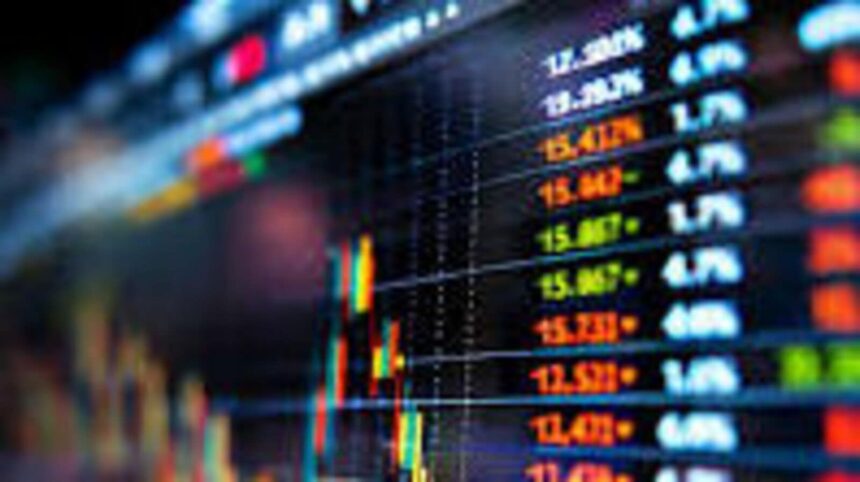Short-term Treasuries rose and traders boosted their expectations for Federal Reserve interest-rate cuts later this year after the US economy contracted for the first time since 2022.
The gain in two-year notes on Wednesday pushed yields lower by about four basis points after data showed a decrease in US gross domestic product, more moderate consumer spending and tameness in the Fed’s preferred gauge of inflation. In the swaps market, traders increased their wagers on four quarter-point reductions by the end of the year, with the first fully priced in for July.
The moves added to the advances in the $29 trillion Treasury market in April, even after the volatility that rocked investors earlier in the month on President Donald Trump’s evolving trade policy. A key Bloomberg gauge of US government bonds was up 0.6% in April, the fourth monthly advance and the longest winning streak since September.
“The overall takeaway to me is stagflation concerns are validated even before many tariffs come into effect,” Zachary Griffiths, head of US investment grade and macro strategy at CreditSights. “I think you’re seeing that in the market reaction.”
Wednesday’s price action also saw thirty-year yields edge higher as investors were disappointed by the Treasury’s guidance that it’ll maintain its auction sizes for the coming quarters. The department said it plans to sell $125 billion of securities at next week’s so-called quarterly refunding auctions, which span 3-, 10- and 30-year maturities.
While the guidance was in line with most investors’ expectations, some market watchers had anticipated that Treasury officials could take a more aggressive stance to soothe the markets’ supply concerns. Citigroup’s strategists, for example, last week said that the curve may steepen if buybacks are not increased.
“Although guidance was unchanged, the long-end reaction suggests more was expected from Treasury,” Wells Fargo’s strategists Angelo Manolatos and William Gibbons wrote in a note. “Some market participants likely expected increased liquidity support buybacks.”
The underperformance in longer-dated bonds widened the yield gap between five- and 30-year yields to 92 basis points, with the curve steepening about 30 basis points in April. It reflects investors who expect that a slowing economy will eventually lead the Fed to cut borrowing costs, even as inflation and bond supply keep long-end yields elevated.
Wednesday’s data showed inflation-adjusted gross domestic product decreased an annualized 0.3% in the first quarter, well below average growth of about 3% in the prior two years. The GDP report also highlighted that a closely watched measure of underlying inflation accelerated to a 3.5% pace in the first quarter — the most in a year.
“The upside in consumption is the main market driver here followed by the stronger price index,” said Jordan Rochester, head of macro strategy for EMEA at Mizuho International Plc. “GDP today says that is not the current problem to worry about. Instead it’s higher prices and huge import accumulation.”
The focus turns later this week to the US jobs report, which is expected to show the economy created 135,000 new positions in April compared to 228,000 in March.
With assistance from James Hirai, Alice Gledhill and Edward Bolingbroke.
This article was generated from an automated news agency feed without modifications to text.






